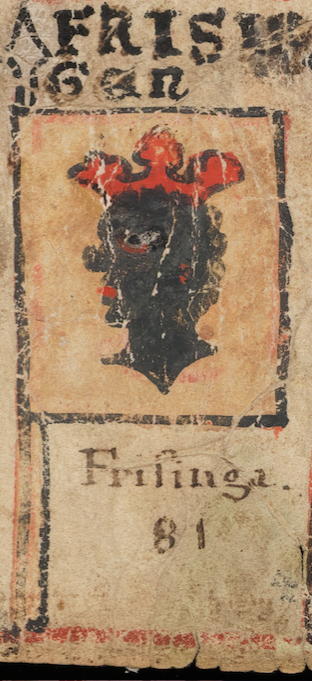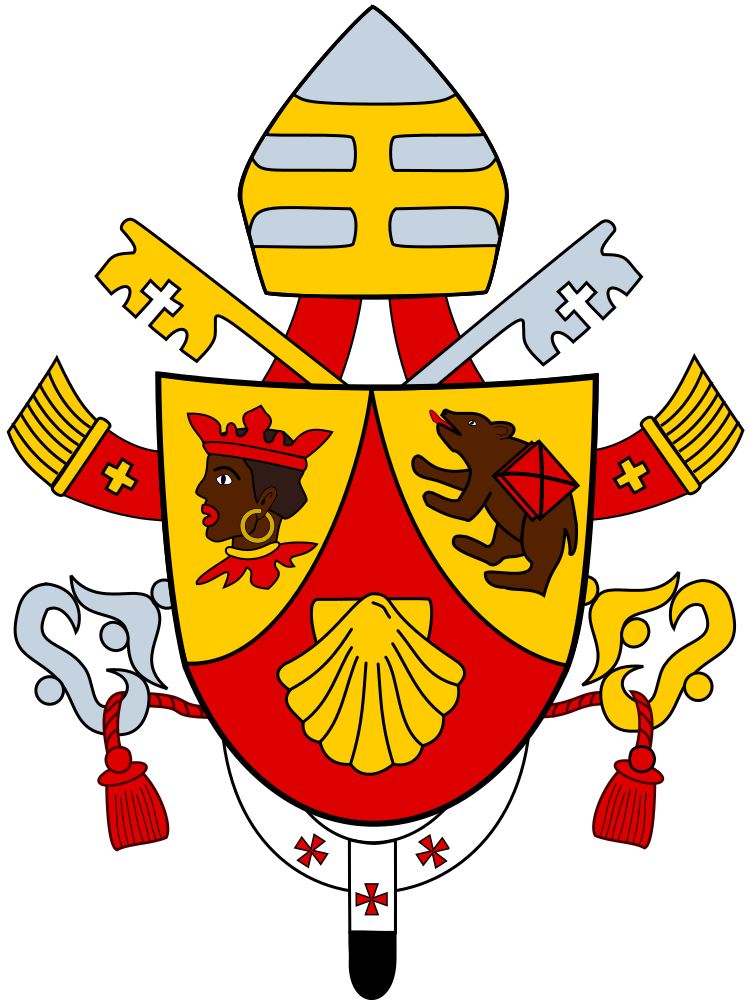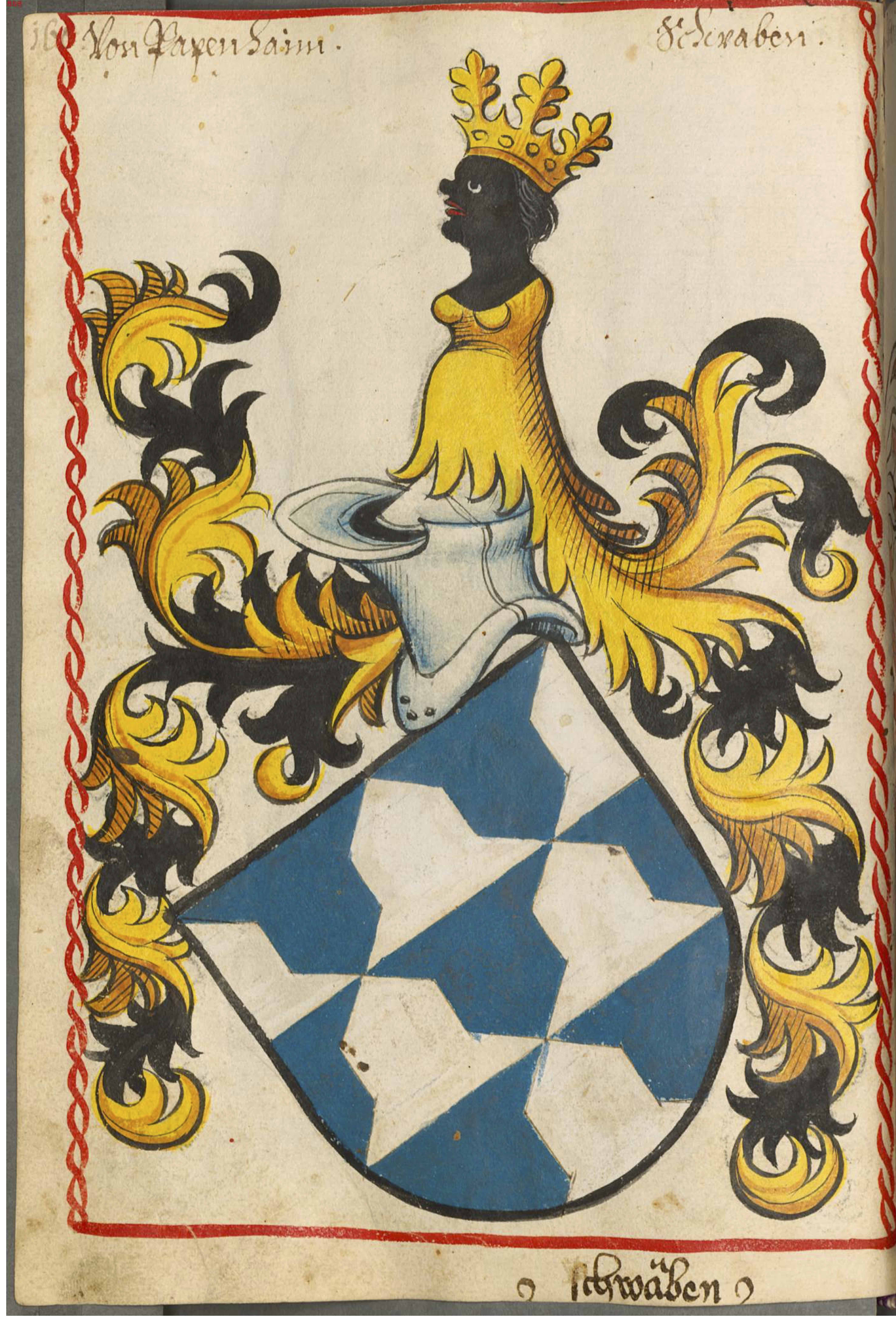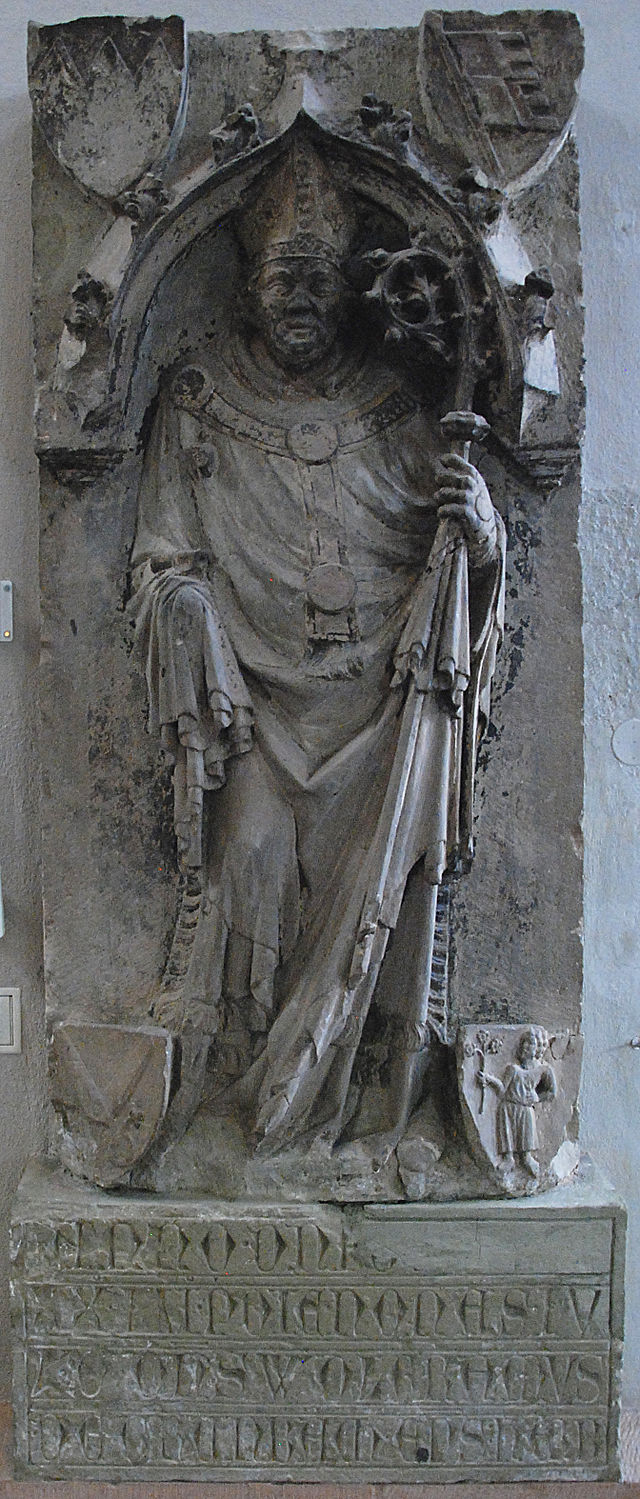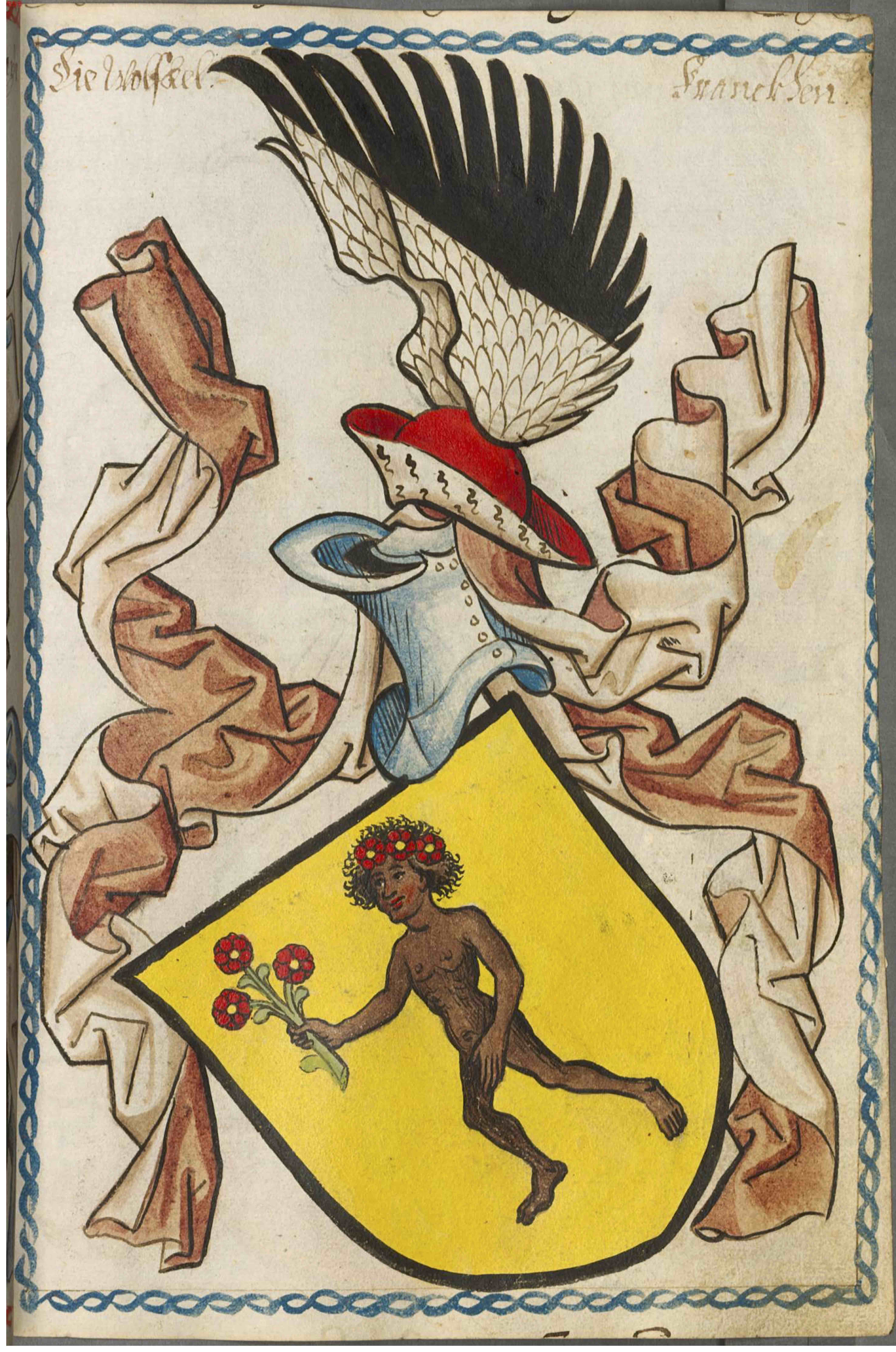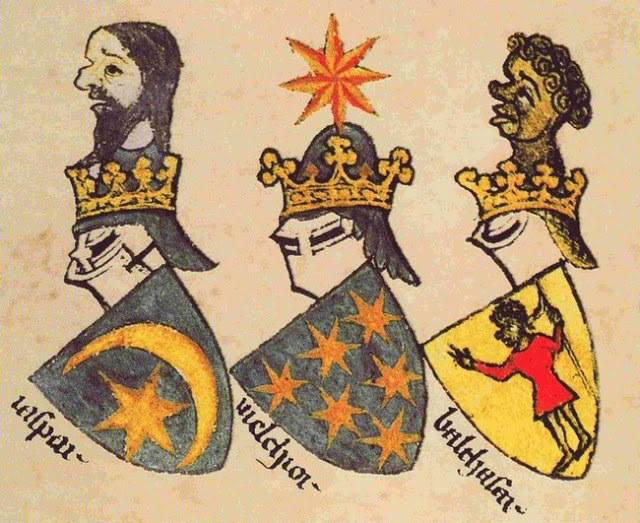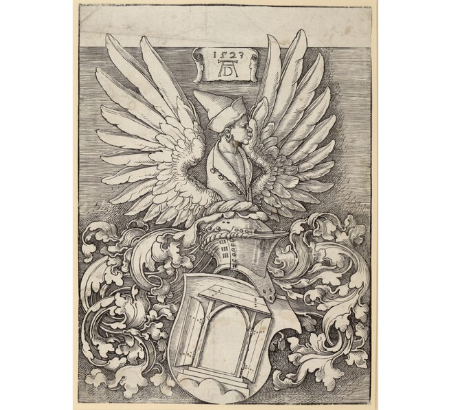The scholar Jean Devise has traced the earliest uses of a Moor or a Black figure in heraldry to Bavaria, the upper Rhineland, and Lower Saxony in the late thirteenth and early fourteenth centuries. The use in family and institutional crests at this time most likely reflected the spread of the imagery of the Hohenstaufen emperors, as in St. Maurice and the Black Magus, in which Black figures stood in for the universalist pretensions of the Church and the Empire.
From the early fifteenth century, in the context of increasing conflict against Muslims in the Iberian, Balkan, and Anatolian peninsulas and in the context of European maritime exploration and participation in global trade, including in African slaves, Black figures began to take on more fantastical, exotic, and degrading features. They appeared as monsters, conquered enemies, or noble savages, serving as symbols of military accomplishment, commercial success, or conspicuous luxury. In this period Black figures became a more common heraldic feature across the German lands.
Over the course of the nineteenth and twentieth centuries, these devices were incorporated into advertising and commercial brands, often in caricatured forms. Controversially, many continue to be used today.
Jeff Bowersox
Deutsch
Further information on the images in the slideshow can be found by clicking on the crests below.
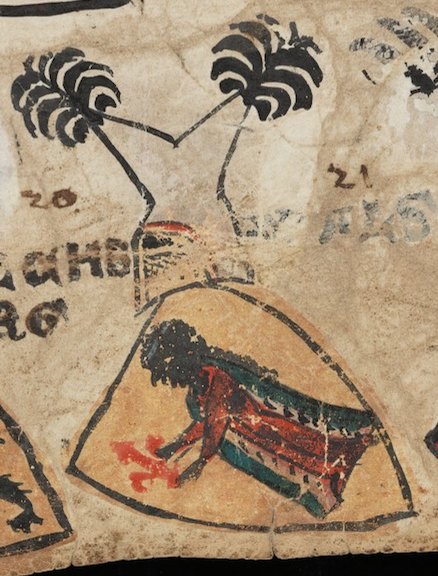
Crest of the Kirchberg family and the Crest of Freising: Züricher Wappenrolles (ca. 1335-1345), Zürich, Schweizerisches Nationalmuseum, AG 2760. More information
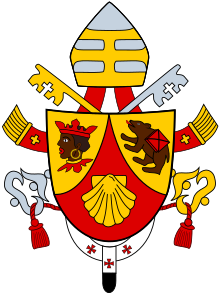
Crest of Pope Benedict XVI: Piotr Michał Jaworski, “Coat of Arms of Pope Benedict XVI” (2005), Wikimedia Commons. More information
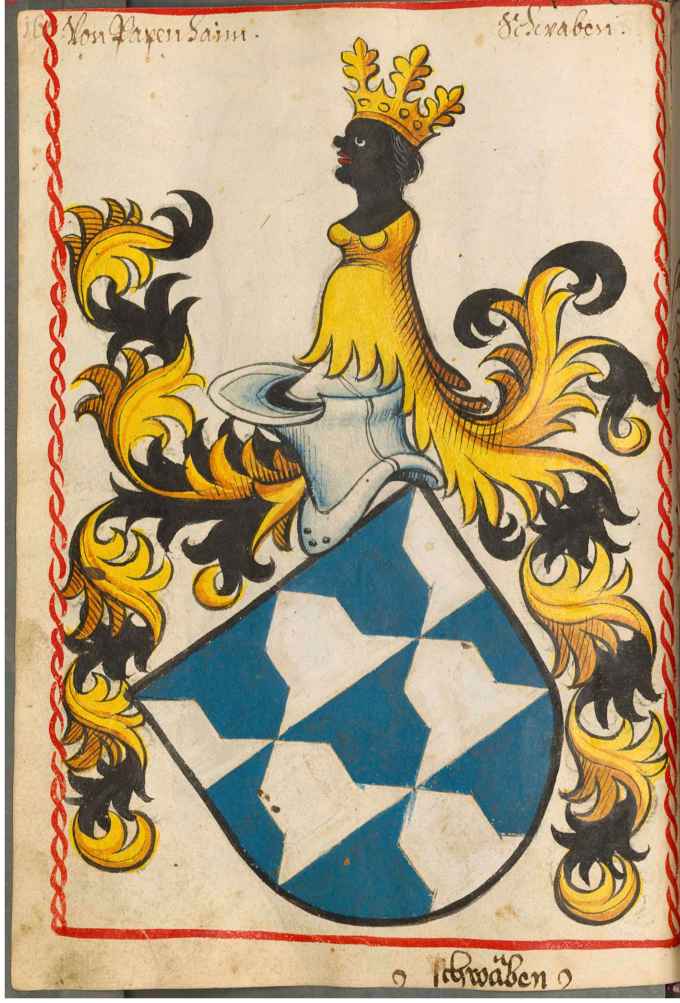
Crest of the Pappenheim family: Scheibler’sches Wappenbuch (South Germany, ca. 1450-1580), Bayerische Staatsbibliothek, Cod.icon.312c. More information
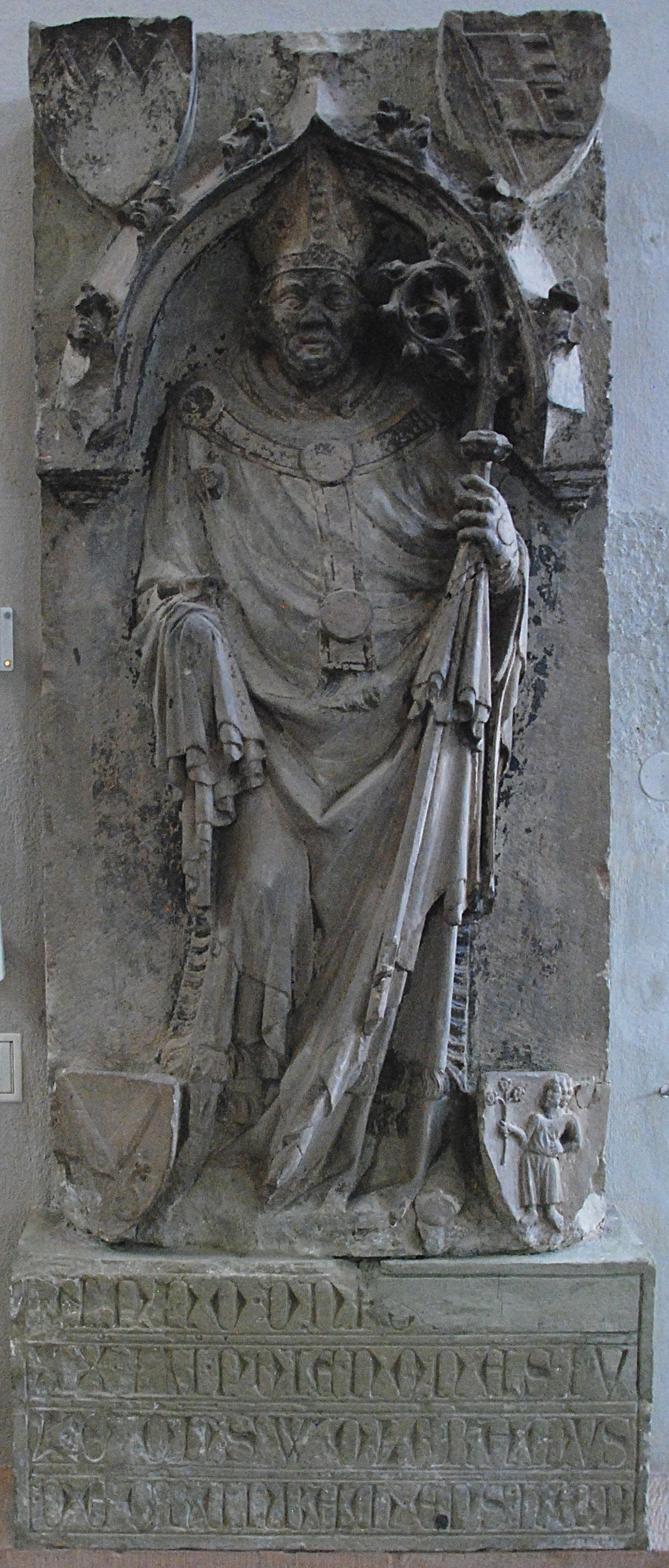
Crest of the Wolfskeel family (ca. 1333): CSvBibra, “Grabmal Wolfram Wolfskeel von Grumbach (ca. 1333),” Würzburg Dom, Wikimedia Commons. More information
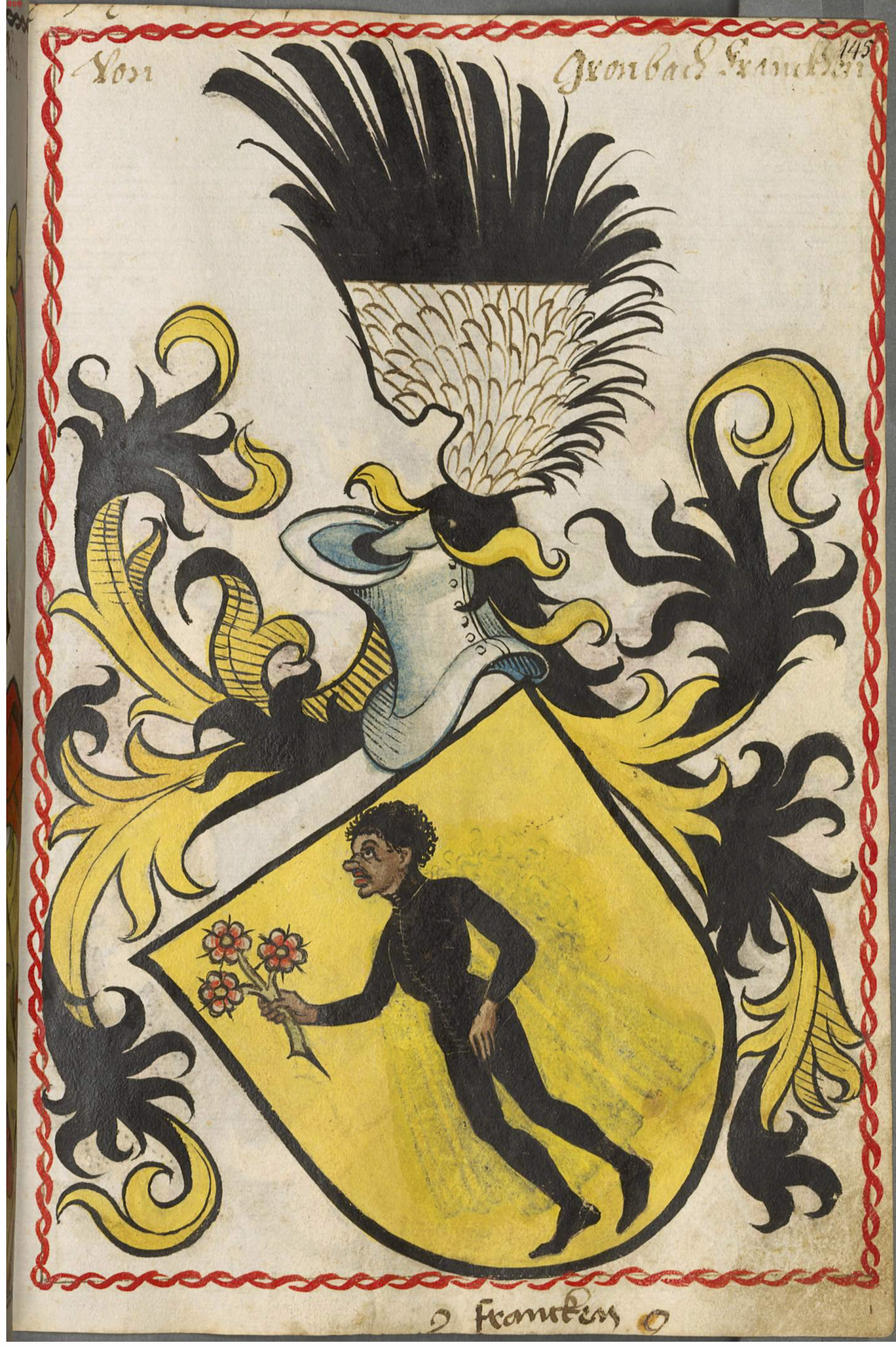
Crest of the Wolfskeel family (ca. 1450-1680): Scheibler’sches Wappenbuch (South Germany, ca. 1450-1580), Bayerische Staatsbibliothek Cod.icon.312c. More information
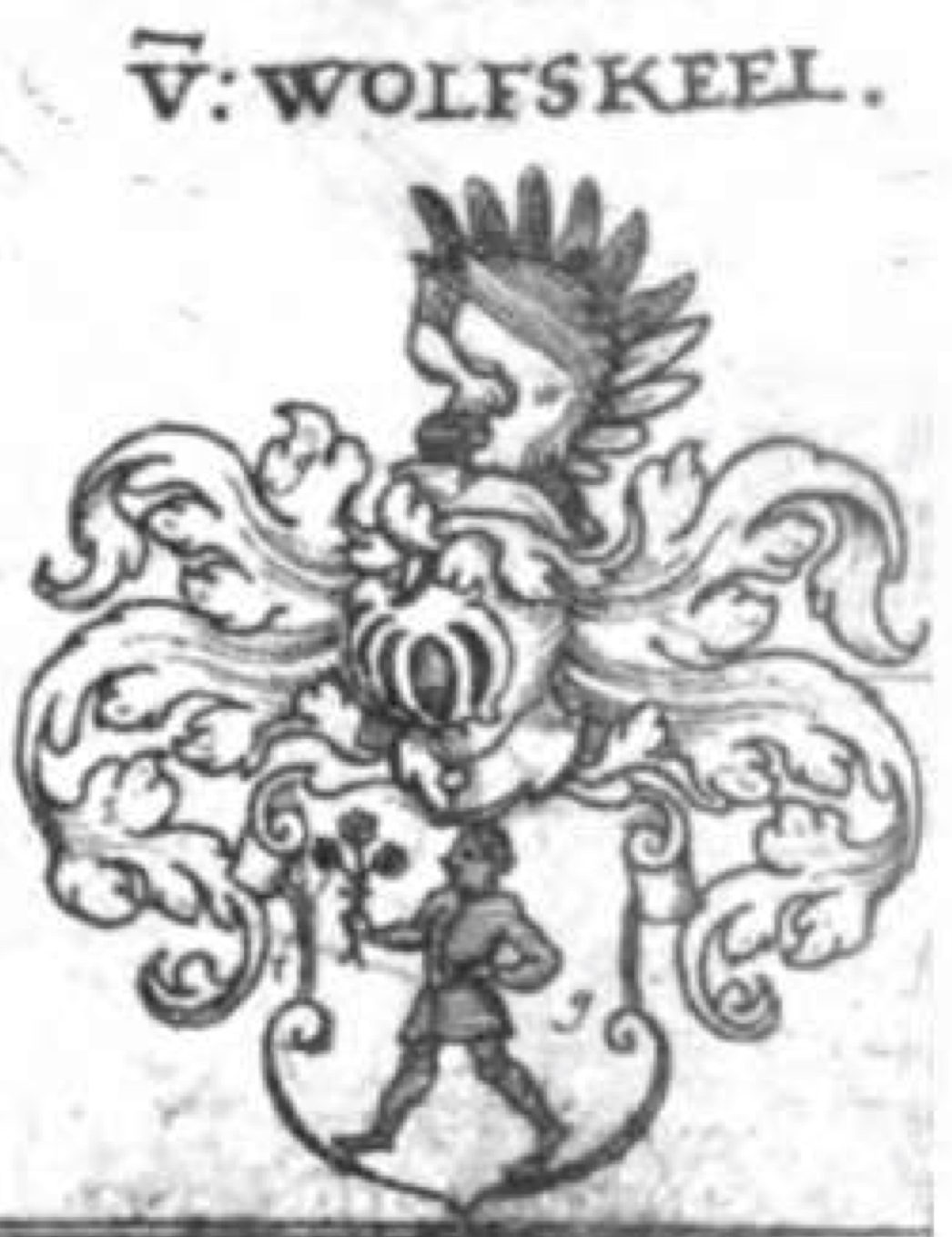
Crest of the Wolfskeel family (1612): Johann Siebmacher, New Wapenbuch, 2nd edition, (Nuremberg, 1612), Bayerische Staatsbiliothek, 1080914 Herald. 139-1. More information
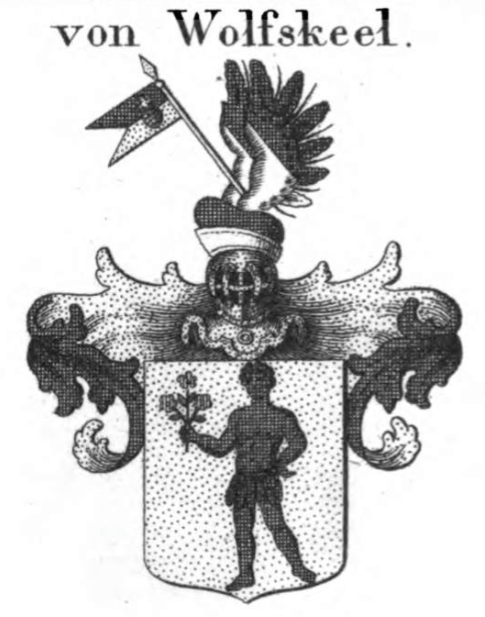
Crest of the Wolfskeel family (1821): Konrad Tyroff, Wappenbuch des gesammten Adels des Königreichs Baiern, vol. 4 (Nuremberg, 1821), Bayerische Staatsbibliothek, Bavar. 2621 o-3/4. More information
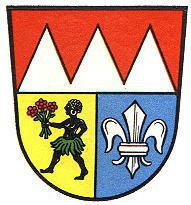
Crest of Würzburg: Friedrich Zech, “Wappen Landkreis Würzburg Alt” (1956), Wikimedia Commons. More information
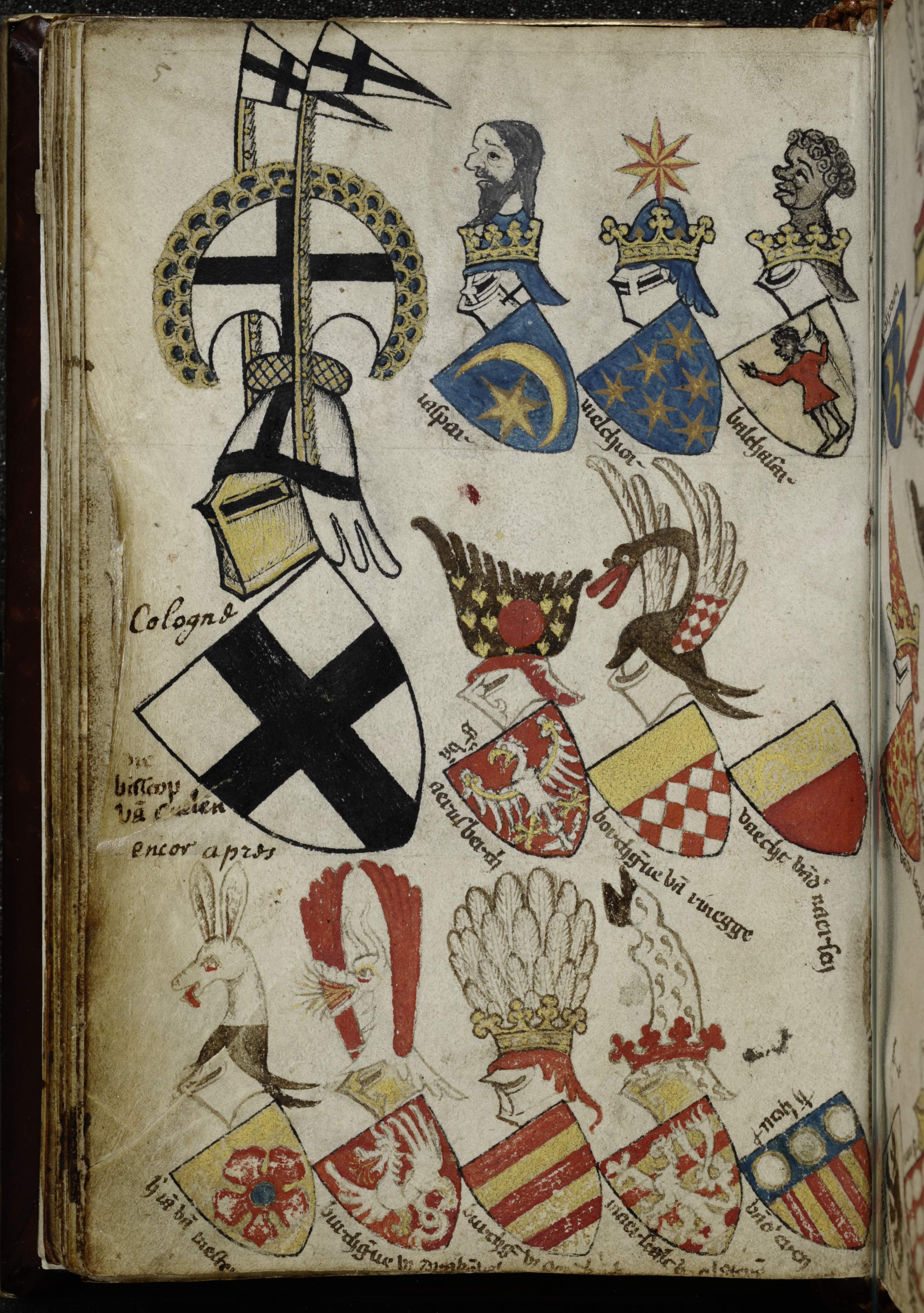
Crest of the Three Magi: Gelre Herault d’Armes (ca. 1370-1395), Bibliotheque Royale Albert Ier, fol. 28v. More information
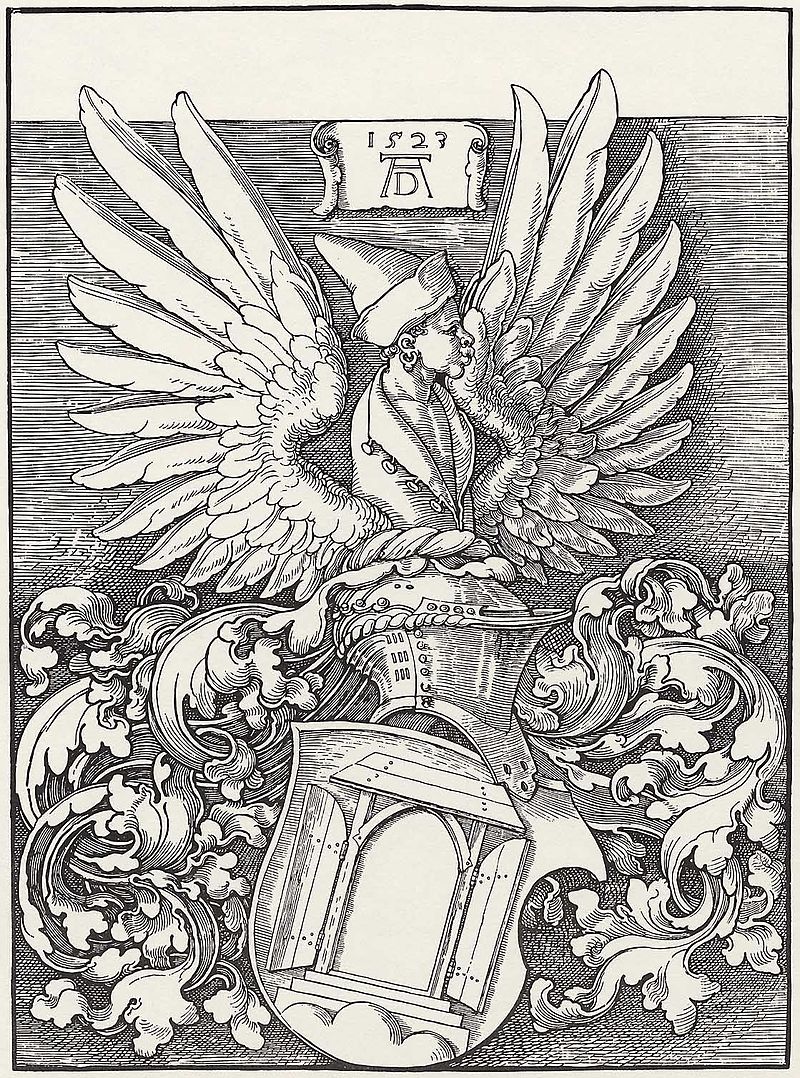
Crest of Albrecht Dürer: Albrecht Dürer, Das Wappen Albrecht Dürers (1523), Grafische Sammlung Albertina, Vienna. More information
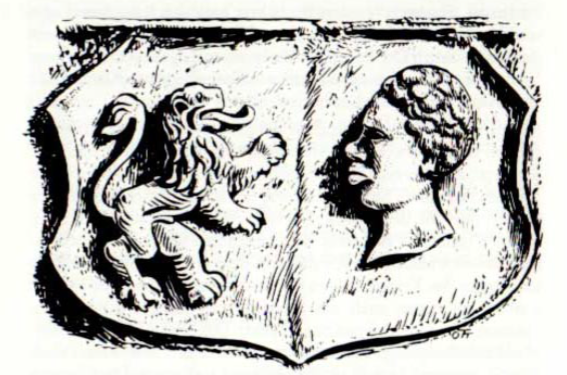
Crest of Coburg (ca. 1600): Rudolf Brückner, Coburg Stadtwappen (Coburg: Fredmendverkehrs- und Kongreßbetrieb, n.d.). ©Norbert Ott. More information
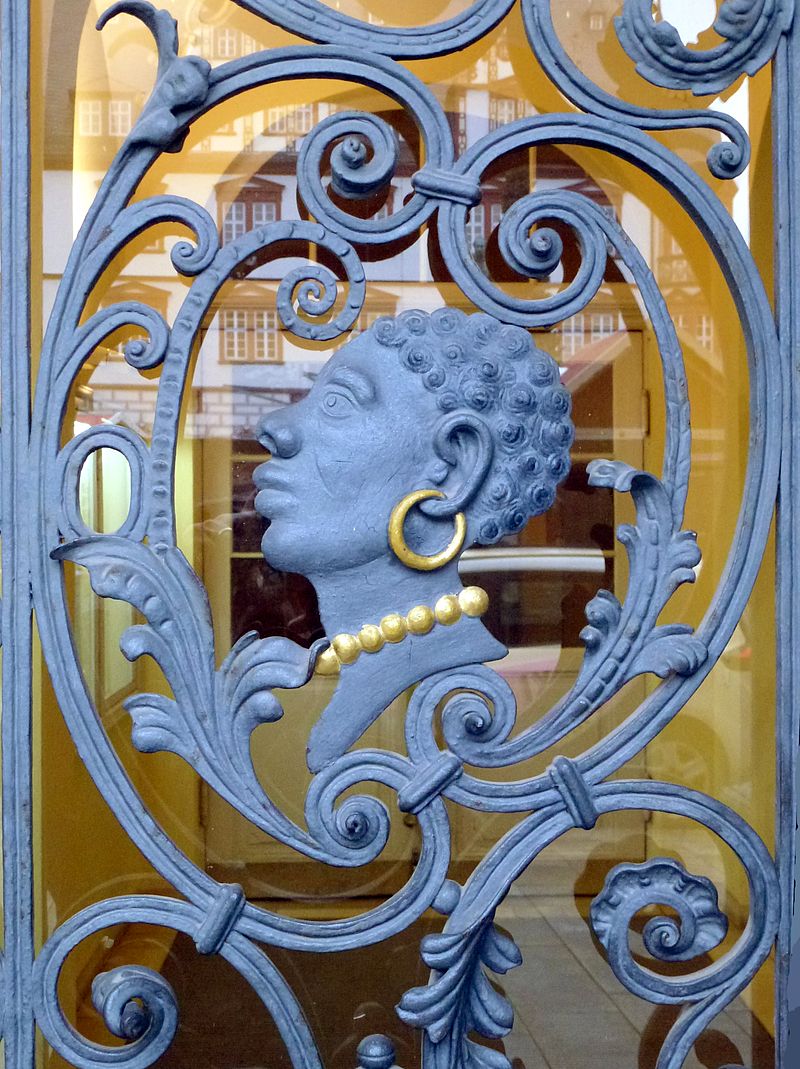
Coburg Town Hall Entrance: Buonasera, “Coburger Mohr im Ziergitter der Rathaustür” (2014), Wikimedia Commons. More information
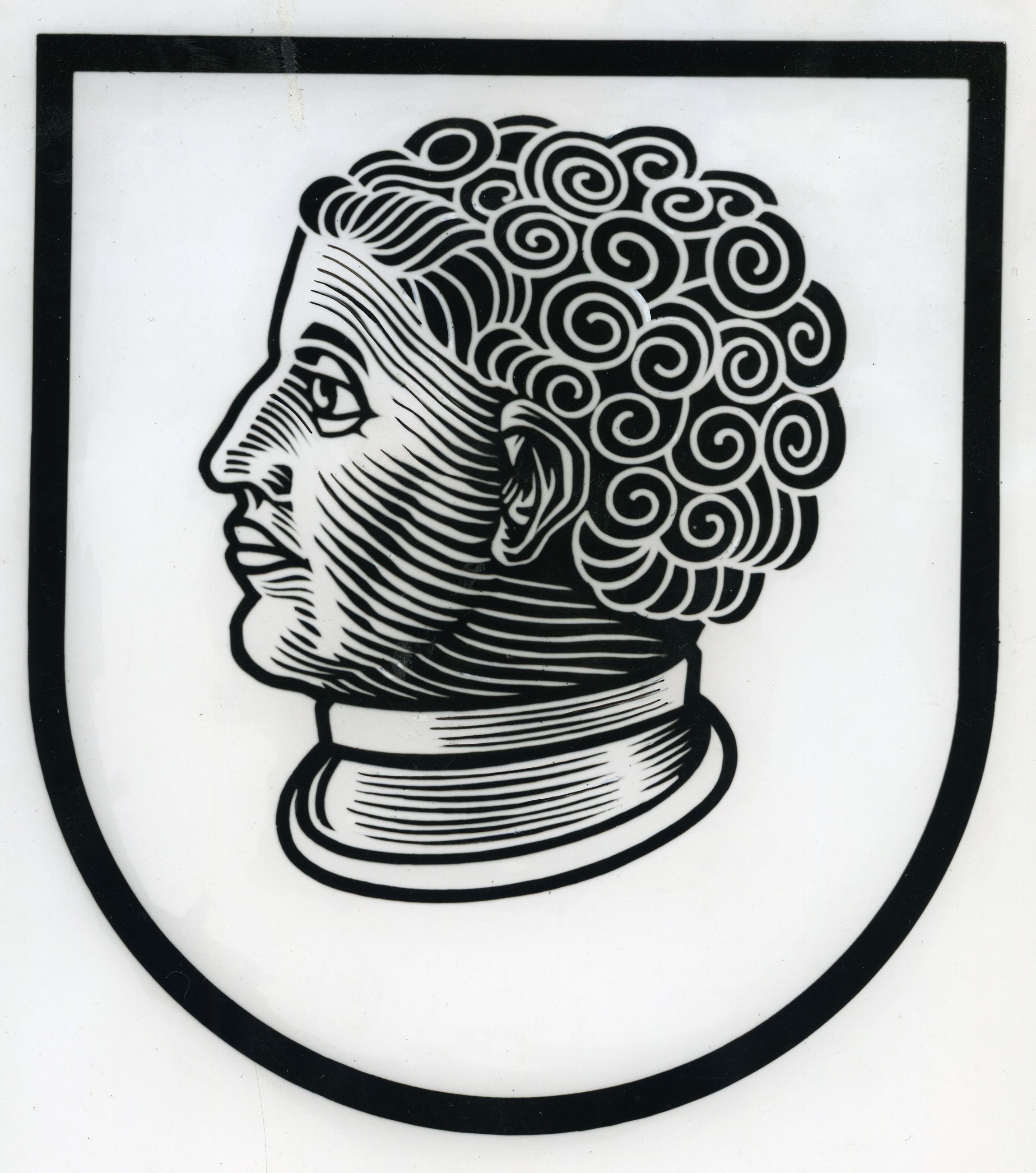
Crest of Coburg: Erich Lage, “Stadtwappen Coburg” (1953), Stadtarchiv Coburg A 18847/1 fol. 22r. ©Erich Lage. More information
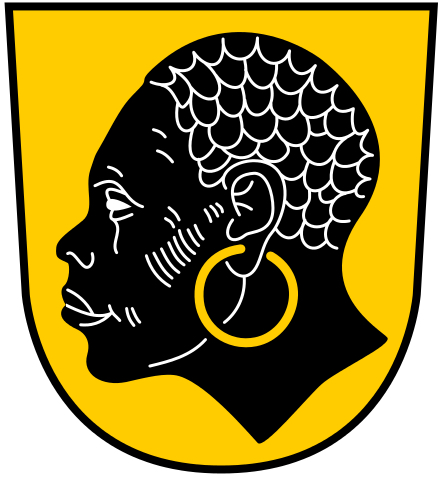
Crest of Coburg (1974-present): “Wappen der Stadt Coburg” (1974), Bayerns Gemeinden. More information
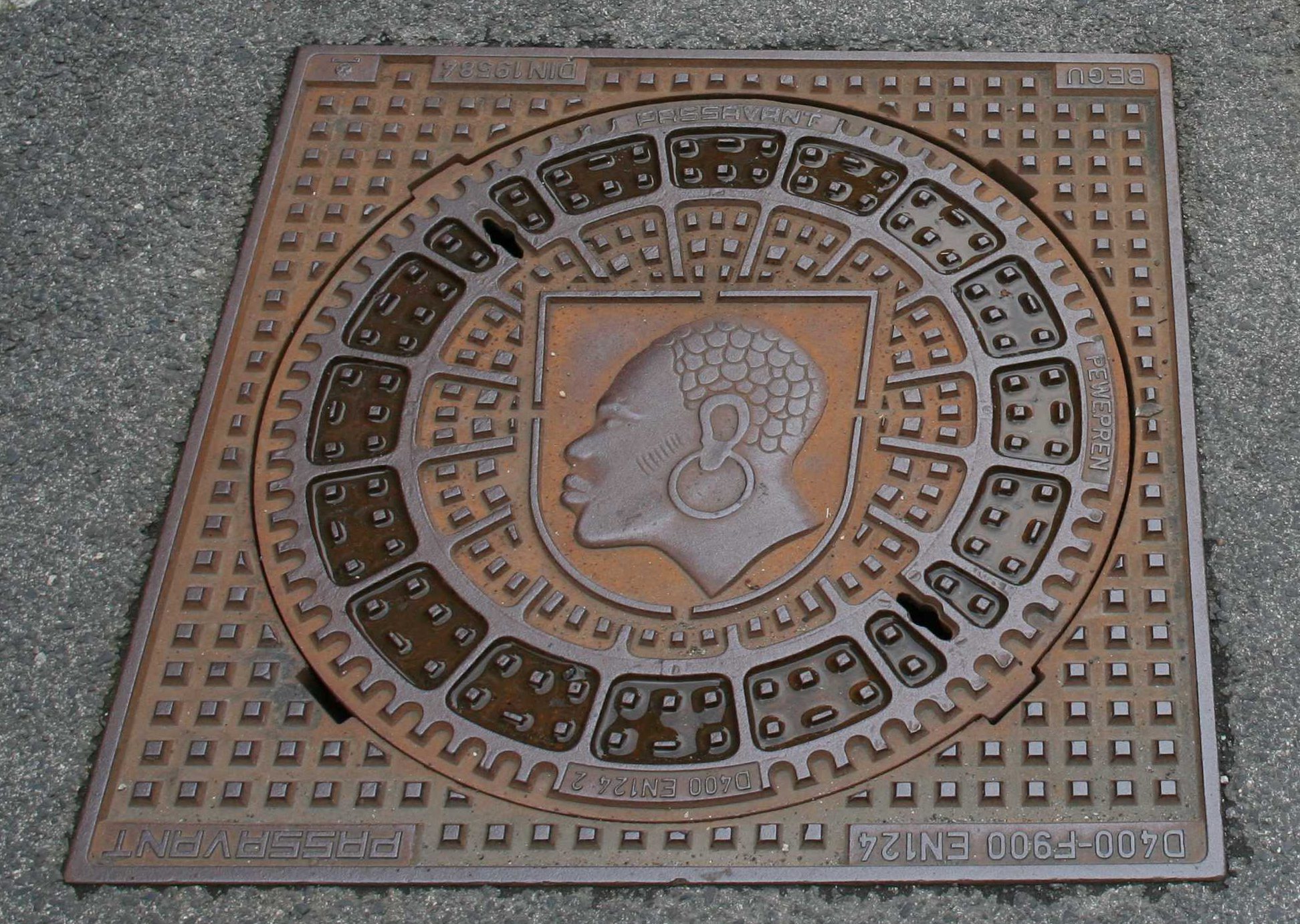
Coburg manhole cover: Störfix, “Kanaldeckel mit Stadwappen” (2005), Wikimedia Commons. More information
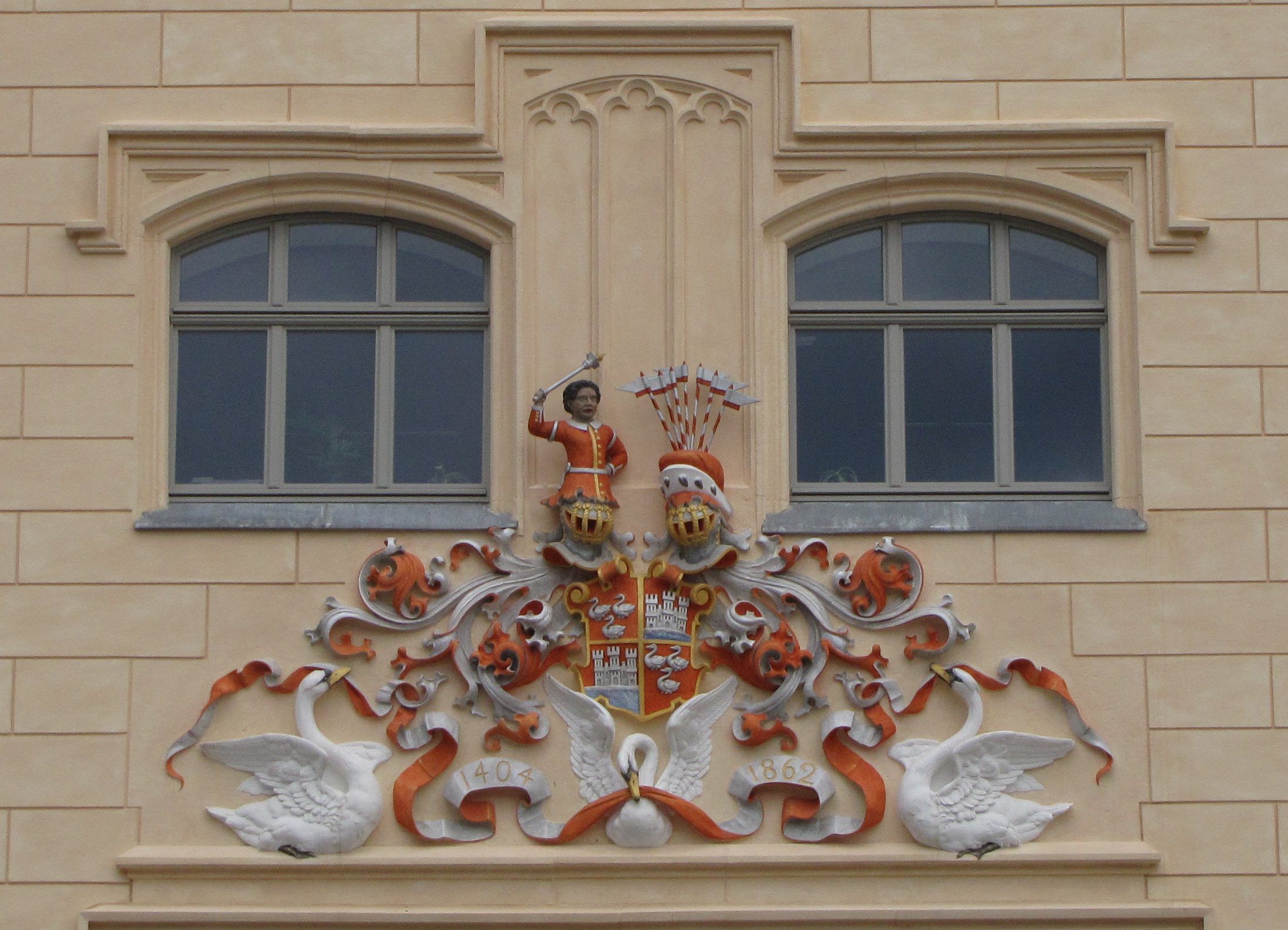
Crest of Zwickau: Concord, “Zwickau Rathaus Wappen,” (2011), Wikimedia Commons. More information

Moors on crests by Jeff Bowersox is licensed under a Creative Commons Attribution-ShareAlike 4.0 International License. Permissions beyond the scope of this license may be available at https://blackcentraleurope.com/who-we-are/.
